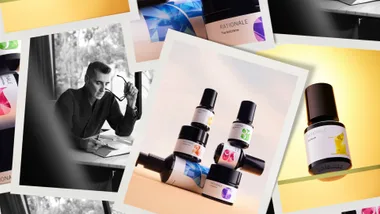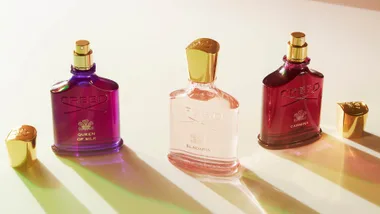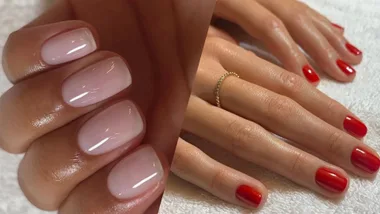While the warmer months are known to bring on an increase in pigmentation caused by the sun, facial discolouration is one of those pesky skin issues that can occur at any time in the year.
Fortunately for us, help is at hand, as cosmetic technology has become quite advanced in tackling stubborn dark spots and sun pigmentation and giving your skin back its healthy glow.
And to help you figure out the best treatment for your face pigmentation, we consulted leading Australian dermatologist Dr. Shyamalar Gunatheesan for everything there is to know, from the key causes to dermatologically tested products and ingredients (like high performance niacinamide) and everything in between.
What Is Pigmentation?
“Pigmentation, or hyperpigmentation, is the darkening of the skin in localised patches or sometimes this occurs in widespread areas in generalised hyperpigmentation,” Dr. Gunatheesan told marie claire.
“Hormonal fluctuations, sun exposure, inflammation, ageing and certain medications can result in an overproduction of melanin (pigment) from melanocytes (pigment producing cells).”
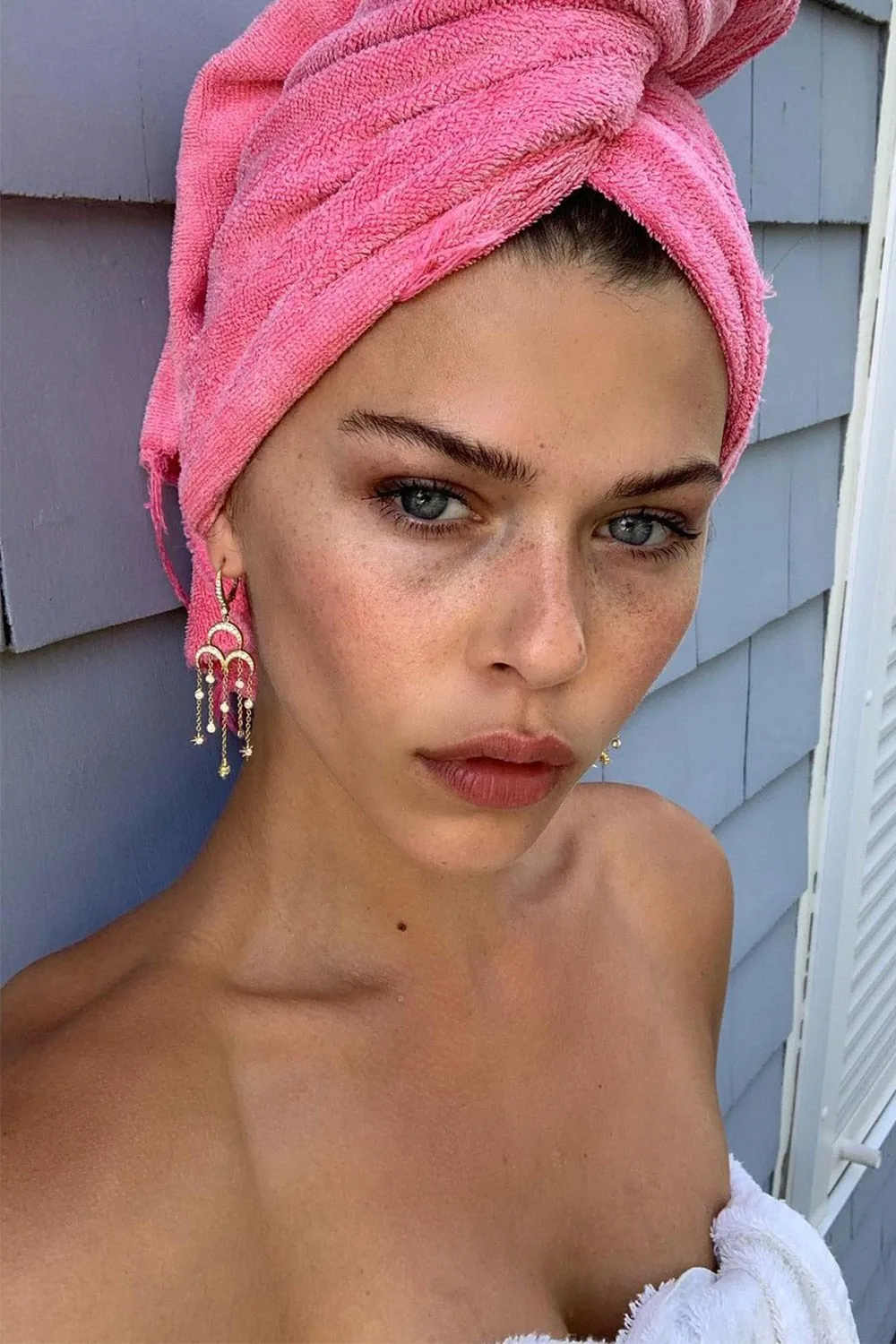
What Are The Different Types Of Pigmentation?
As it turns out, not all dark spots are exactly the same. In fact, before you can treat your pigmentation and restore skin to its healthy glow, you have to know which kind of discolouration you’re dealing with.
Below, Dr. Gunatheesan’s breakdown of the different types of pigmentation:
Sun Pigmentation, Sunspots & Age Freckles
“Sunspots (solar lentigines) and age freckles (macular seborrheic keratoses) are types of pigmentation that are caused by chronic sun exposure and ageing. They commonly occur on the back of hands and face,” she said.
Melasma
“Melasma is brownish discolouration and patches on the forehead, cheeks and moustache area (upper cutaneous lip). It’s the result of hormonal factors such as the oral contraceptive pill, pregnancy, genetics, and sun exposure,” she explained.
Post-Inflammatory Hyperpigmentation
“Post-inflammatory hyperpigmentation is more of a reactionary increase in pigmentation due to inflammation such as acne, or a superficial trauma (i.e. picking at pimples) or scratches,” she added.
Drug-Induced Pigmentation
“Certain medications such as antimalarials and some antibiotics can cause pigmentation,” she said.
Generalised or Widespread Pigmentation
“Generalised or widespread pigmentation can be due to dermatological conditions such as Lichen Planus or underlying medical conditions such as Addison disease,” Dr. Gunatheesan told marie claire.
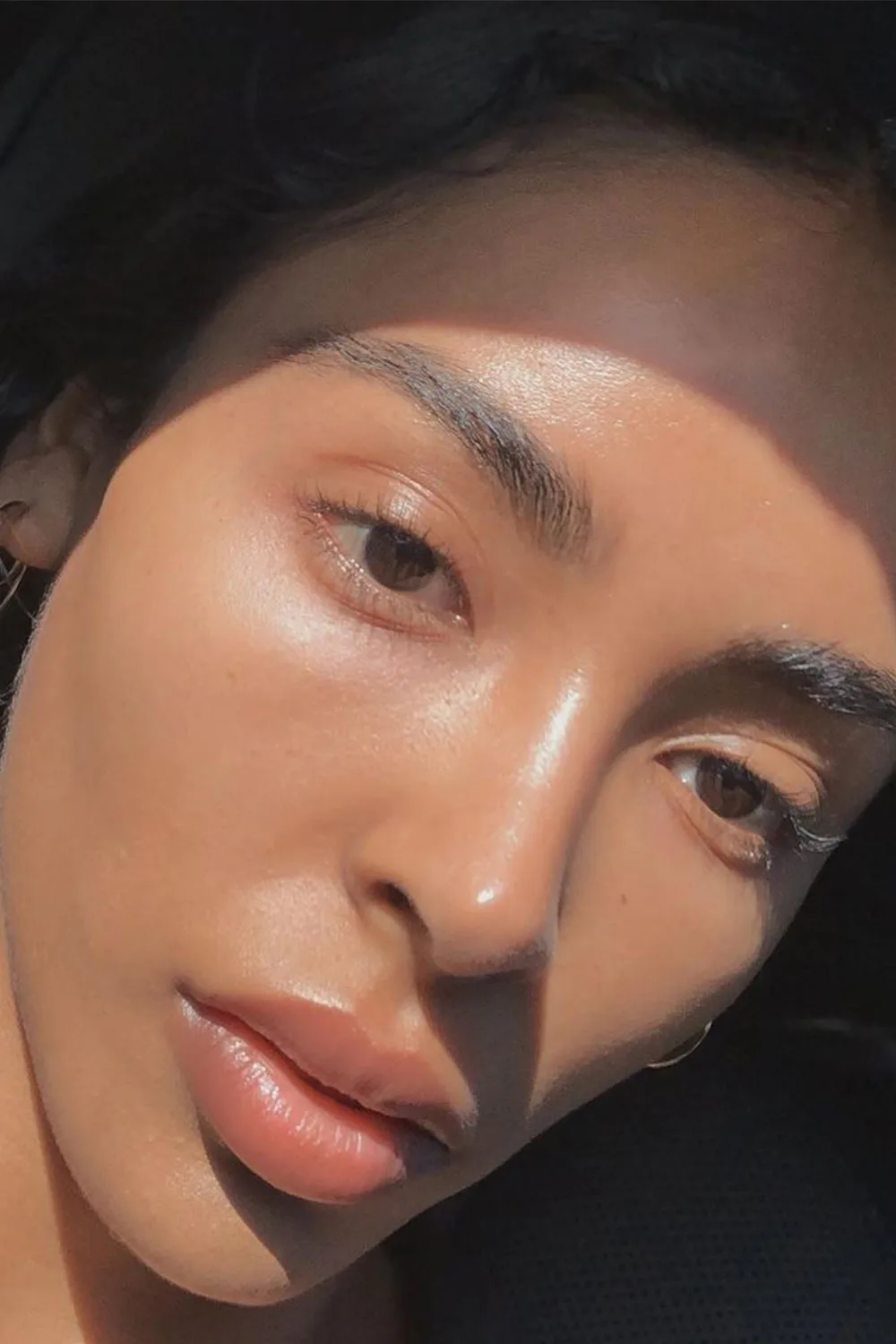
Do Different Types Of Face Pigmentation Require Different Treatments?
The answer is yes—but there is also a general rule when it comes to dealing with most types of pigmentation.
“Yes, each specific diagnosis or cause will lead itself to different treatment options,” Dr. Gunatheesan explains.
“But the overarching principle is to use sun protection to prevent further exacerbation of the pigmentation.”
Other topical ingredients that can help eliminate hyperpigmentation are actives such as high performance niacinamide, hydroquinone, azelaic acid, kojic acid, thiamidol and arbutin.
“[These] have been shown to inhibit the activity of tyrosinase (the key enzyme involved in the production of melanin),” Dr. Gunatheesan added.
What Are The Best In-Clinic Treatments For Face Pigmentation?
Depending on your budget and the intensity of your pigmentation, there are a number of in-salon or in-clinic treatments available to tackle face pigmentation.
According to Dr. Gunatheesan, the best ones are as follows:
Prescription Topical and Oral Medications
This is one to speak to your doctor about, as there are a number of medicines that can help to reduce the appearance of facial discolouration and sun pigmentation, and are best curated specifically for you by a dermatologist.
“Recent studies of oral tranexamic acid have been shown to improve melasma significantly,” Dr. Gunatheesan added.
Chemical Peels
“Gentle chemical peels consisting of a combination of lactic acids, vitamin C and retinoids can really help with pigmentation,” Dr. Gunatheesan explains.
Low-level peels, often combined with light therapy, can help to gradually break down the pigment and even out the complexion.
Light and Laser Treatments
If you’re looking for a heavy-duty fix and are game to undertake multiple sessions, there are a variety of different light and laser treatments that can significantly reduce the look of pigmentation.
“Broad Band Light (BBL), HALO and Fraxel treatments are effective at clearing sun freckles whilst rejuvenating the skin,” Dr. Gunatheesan explained.
BBL, also known as a ‘photofacial’, is a subtle form of light therapy and is considered one of the most popular types available. It uses a series of short, high-intensity light blasts to give the skin a younger, firmer and more refined tone.
HALO, however, targets damage caused by the sun, pigmentation and scars by penetrating into the deep tissues of the skin through non-ablative wavelengths (which exfoliate the superficial layers of the skin) and ablative wavelengths (which penetrate the deep layers to promote collagen growth), and is considered ideal for intensive facial rejuvenation.
Fraxel, like HALO, is a laser treatment, but only uses non-ablative wavelengths. Your dermatologist or clinician will be able to determine which kind is best for your type of pigmentation.
One word of warning before going in for a laser treatment?
“The use of lasers should be used with great caution in melasma due to the possible worsening and rebound effect,” she emphasised.
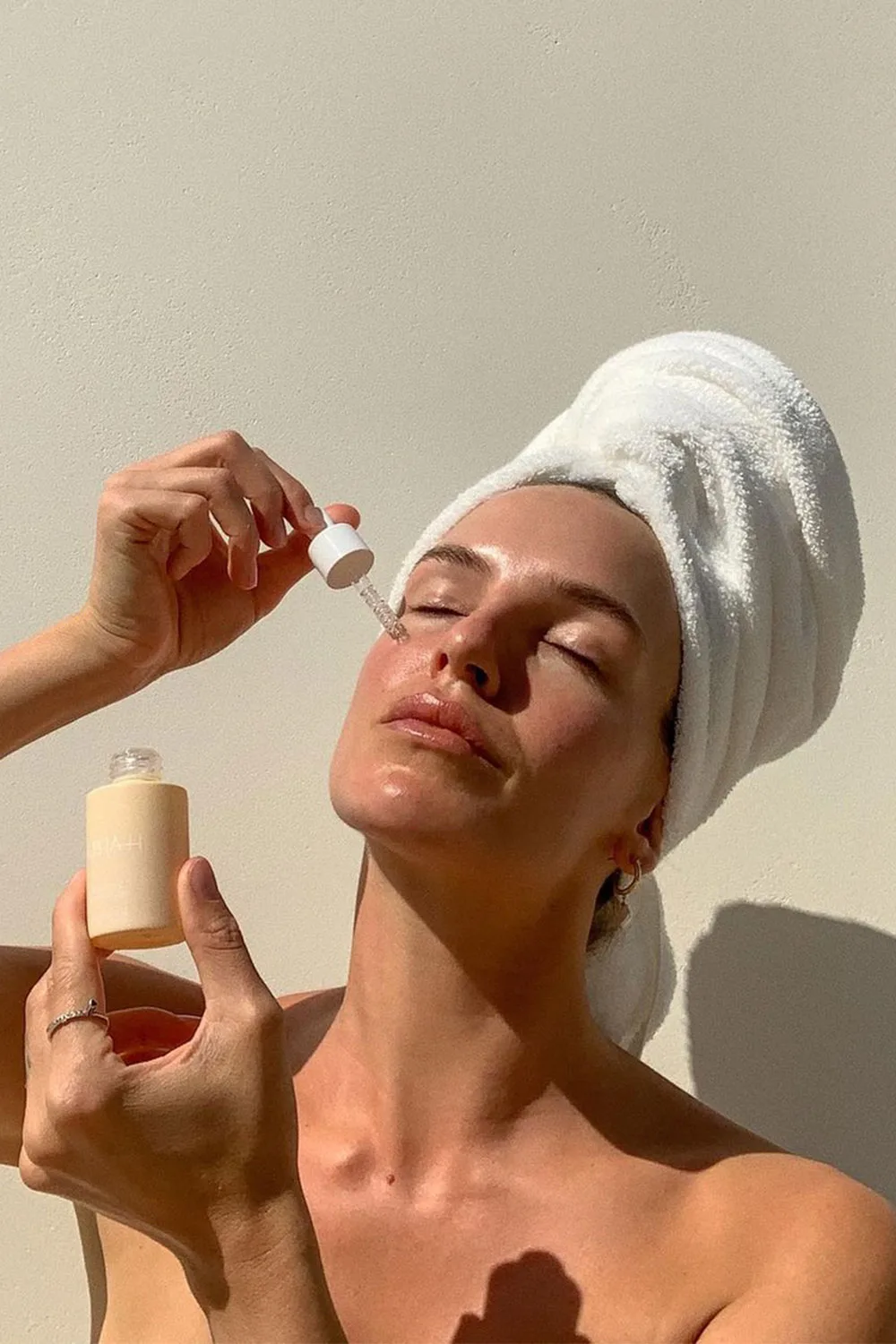
What Are The Best Products For Face Pigmentation?
Rejoice: there actually are good products that can help from home. Check out this curated list for skincare ingredients and pigmentation treatments to keep in your beauty bag for a healthy glow.
Light Therapy
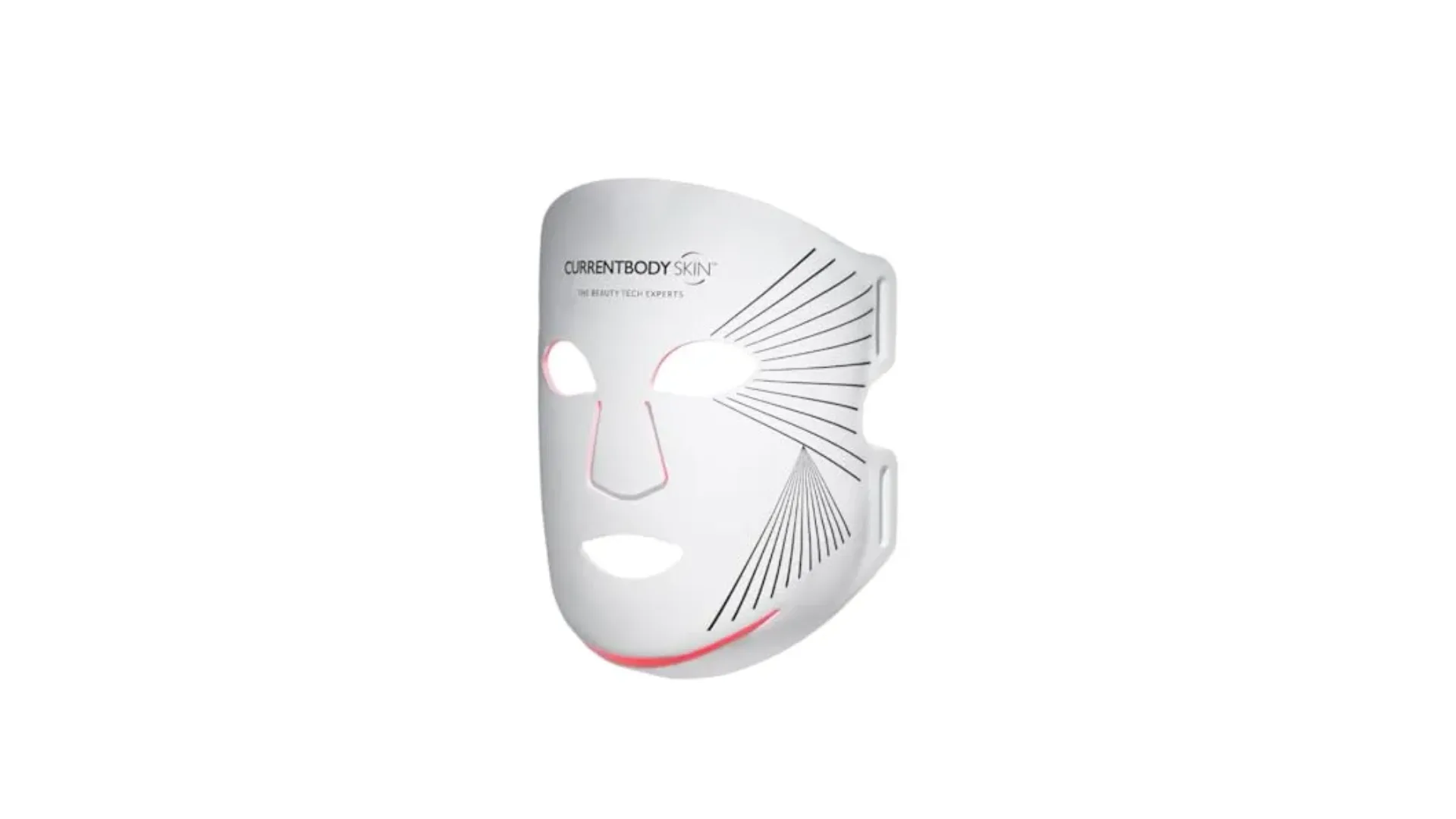
01
Currentbody Skin LED Light Therapy Face Mask: Series 2
$679 at CurrentBody
A fan favourite and for good reason. CurrentBody Skin’s LED Light Therapy Mask is one that people can’t stop talking about and now, the brand has brought out a new upgrade. Featuring cutting-edge poured liquid silicone to fit better on the face, including the chin, nose and full lip area.
Key Features:
- Upgraded light coverage
- 10 minute LED light therapy treatment
Brightening Super Serum
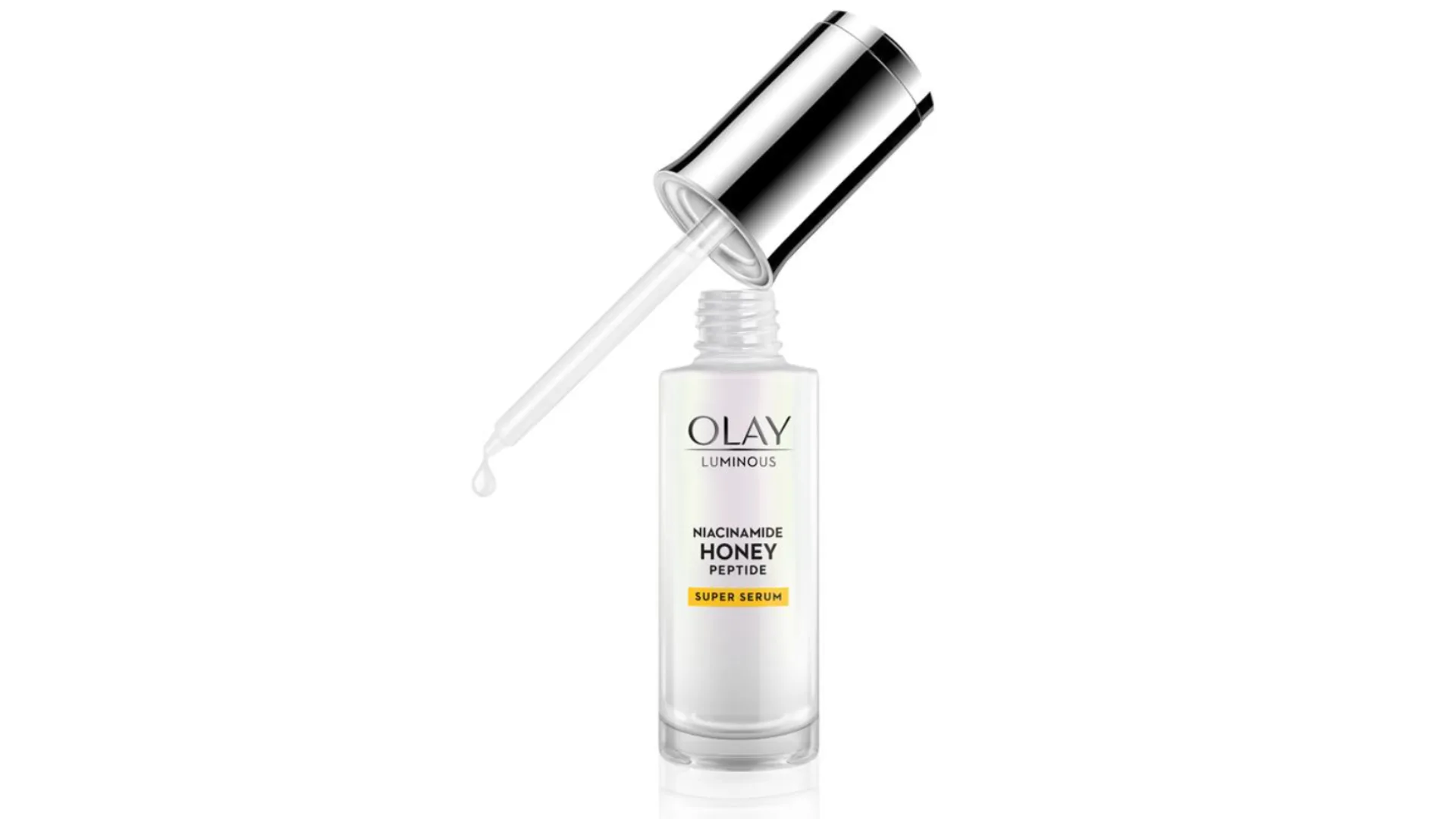
02
Olay Luminous Niacinamide Honey Peptide Super Serum
$29.99 at Chemist Warehouse
A brightening super serum is a sun pigmentation treatment with the power to change your skin for the better. Combining high performance niacinamide that penetrates five times more^ and premium honey extract rich in antioxidants for calming benefits, Olay Luminous Niacinamide Honey Peptide Super Serum is proven to visibly reduce pigmentation spots caused by the sun.
The dermatologically tested, scientifically advanced formula helps attain bioavailability (so it’s better absorbed by the skin), and visibly improves skin radiance in one week*, with skin appearing visibly smoother and more even in two weeks*. After eight weeks of use†, 87 per cent of users showed reduction in visible pigmentation caused by the sun.
^* vs. regular serum
* Consumer study, 102 subjects, 8 weeks of use
† Based on dermatologists rating after 8 weeks in a consumer study, 2021
Brought to you by Olay
Key Features:
- Non-comedogenic formula does not clog pores
- Fast absorbing & non-greasy
- Dermatologically tested
- 30ml
Available at:
- $59.99 (30ml), From Priceline
Vitamin C
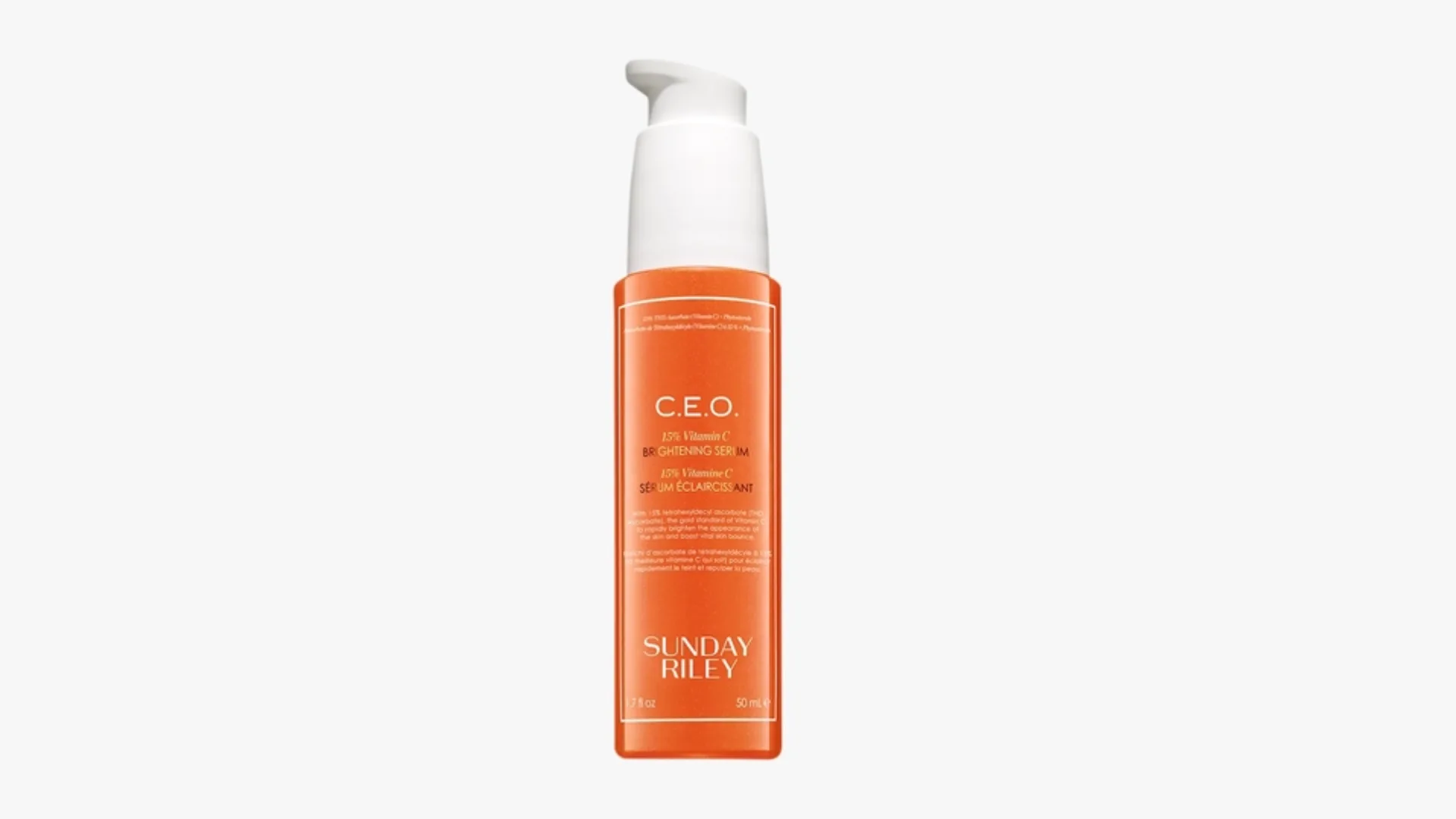
03
Sunday Riley C.E.O. 15% Vitamin C Brightening Serum
$203 at Mecca
“Vitamin C is a potent antioxidant that augments sun protection when combined with a broad based sunscreen. Most importantly in hyperpigmentation, it inhibits over-production of melanin,” Dr. Gunatheesan explained.
“Vitamin B3 is anti-inflammatory active that calms inflammation, increases skin immunity and reduces DNA damage,” she added.
Key Features:
- Lightweight serum that brightens the skin
- Vitamin C – THD ascorbate for radiant skin
- Glycolic acid gently lifts away dulling dead skin cells
- 15ml, 30ml, 50ml sizes
Vitamin A Complex (Retinoids)
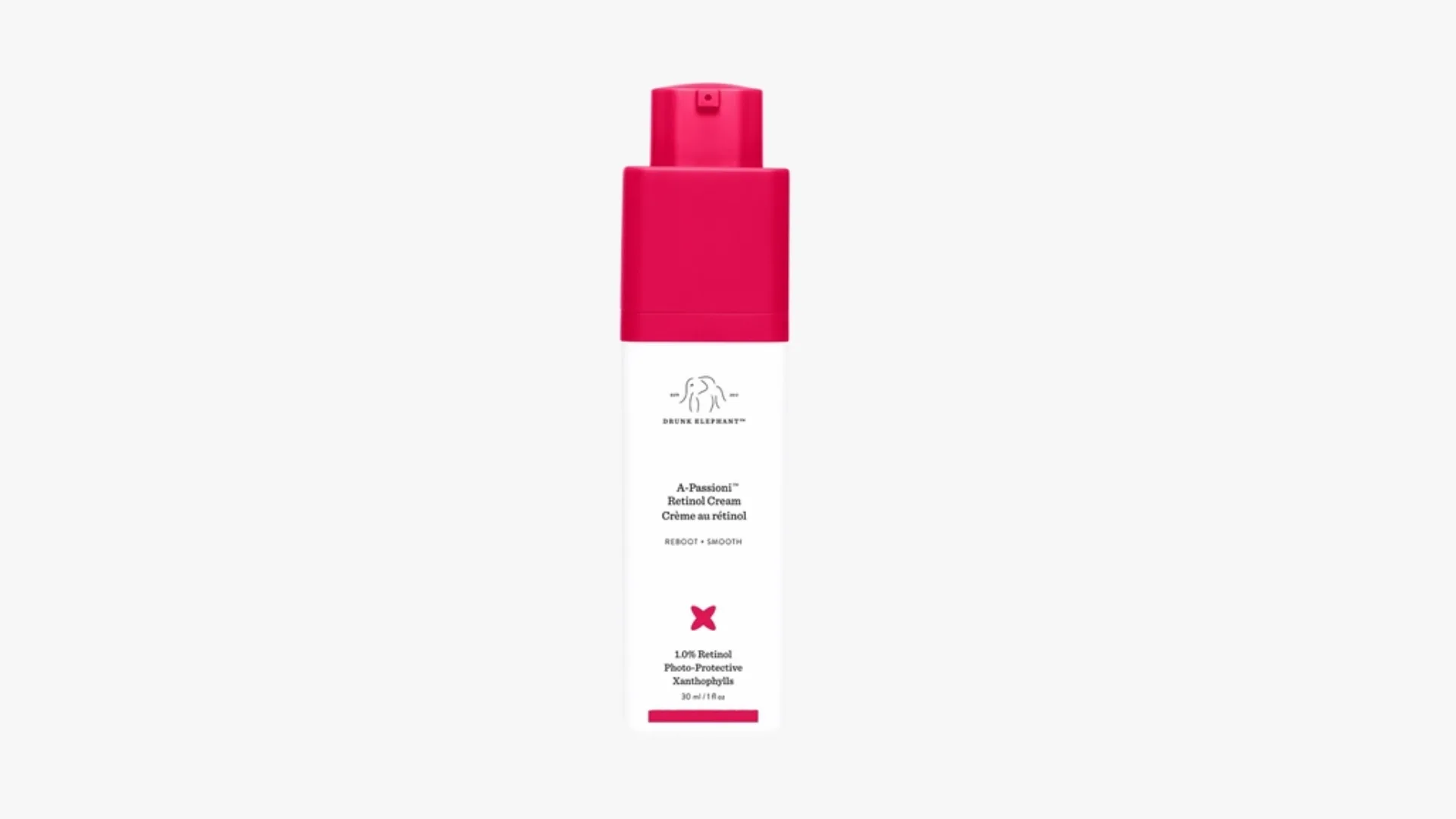
04
Drunk Elephant A-Passioni™ Retinol Cream
$123 at Mecca
“This is to be used at night to break up pigment clumps and recalibrate skin renewal,” Dr. Gunatheesan told marie claire.
Key Features:
- Helps to reduce fine lines, wrinkles and pigmentation
- Restores bounce to the skin
- Can be added to creams, serums and mixed with AHAs
- 30ml
Related Articles:
- Glow And Tell: The 6 Things Our Beauty Director Does To Clear Up Pigmentation
- 5 Affordable Skincare Solutions You Need In Your Bathroom This Summer
- 7 Affordable Skincare Tools To Give You Glowy Skin On A Budget






